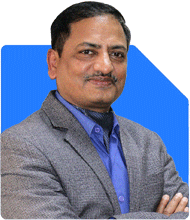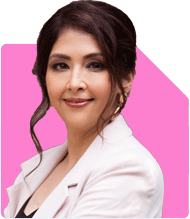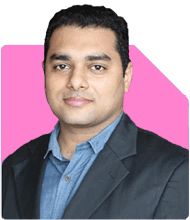Sanjeev Govila | Answer |Ask -Follow
Financial Planner - Answered on Dec 06, 2023
He has over 12 years of experience in financial planning and is a SEBI certified registered investment advisor; he is also accredited with AMFI and IRDA.... more

Sir I retired from crpf on 30 sep 2023 My pension is about 36 thousand and recieved 75 lacs retirement benefits I am 55 years old how to plan my future investments to recieve minimum 50 k from retirement benefits Rajesh kumar
Given your age and desire consider the following investment options:
(SCSS) Senior Citizen Saving Scheme: A savings plan intended specifically for senior citizens, with quarterly interest payments and competitive interest rates.
Mutual Funds: You can also explore mutual funds such as Debt Funds, which can provide consistent income while being less risky than equity funds. Consider Hybrid funds, which invest in a mix of equity and debt, aiming for moderate returns while managing risk.
Annuities: Consider investing a portion of your retirement benefits into a good annuity plan to get monthly payments, within specified limit to enjoy tax free returns.
To attain your objective you'll need to build a diversified portfolio with a healthy mix of risk and return. We recommend consulting a qualified advisor/personnel who can provide personalized advice based on your risk tolerance, financial goals, and specific circumstances.
You may like to see similar questions and answers below
Ramalingam Kalirajan |10881 Answers |Ask -Follow
Mutual Funds, Financial Planning Expert - Answered on Apr 15, 2024
Ramalingam Kalirajan |10881 Answers |Ask -Follow
Mutual Funds, Financial Planning Expert - Answered on May 13, 2024
Ramalingam Kalirajan |10881 Answers |Ask -Follow
Mutual Funds, Financial Planning Expert - Answered on Jul 15, 2024
Ramalingam Kalirajan |10881 Answers |Ask -Follow
Mutual Funds, Financial Planning Expert - Answered on Nov 01, 2024
Kanchan Rai |646 Answers |Ask -Follow
Relationships Expert, Mind Coach - Answered on Dec 12, 2025
Ravi Mittal |677 Answers |Ask -Follow
Dating, Relationships Expert - Answered on Dec 12, 2025
Ramalingam Kalirajan |10881 Answers |Ask -Follow
Mutual Funds, Financial Planning Expert - Answered on Dec 12, 2025
Ramalingam Kalirajan |10881 Answers |Ask -Follow
Mutual Funds, Financial Planning Expert - Answered on Dec 12, 2025
Reetika Sharma |423 Answers |Ask -Follow
Financial Planner, MF and Insurance Expert - Answered on Dec 12, 2025
Reetika Sharma |423 Answers |Ask -Follow
Financial Planner, MF and Insurance Expert - Answered on Dec 12, 2025
Reetika Sharma |423 Answers |Ask -Follow
Financial Planner, MF and Insurance Expert - Answered on Dec 12, 2025
Reetika Sharma |423 Answers |Ask -Follow
Financial Planner, MF and Insurance Expert - Answered on Dec 12, 2025
Reetika Sharma |423 Answers |Ask -Follow
Financial Planner, MF and Insurance Expert - Answered on Dec 12, 2025
Mayank Chandel |2572 Answers |Ask -Follow
IIT-JEE, NEET-UG, SAT, CLAT, CA, CS Exam Expert - Answered on Dec 11, 2025


























